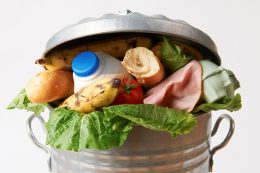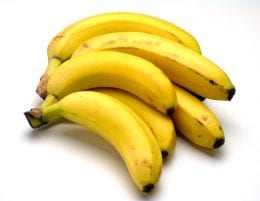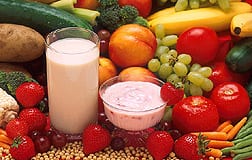
The big game is almost here and it’s time for a party! And where there’s a party, there’s food! Be the MVP of your party with these food safety tips:
Clean: Prepare for the win!
- Start by washing your hands with warm soapy water for 20 seconds.
- Wash and sanitize all dishware and utensils.
Separate: Your best defense!
- Keep raw meat and poultry away from ready-to-eat foods.
- Use a clean utensil for each dish.
- Use a clean plate when going for second helpings of food.
Cook: A game winner!
- Use a food thermometer to check for doneness
- All poultry—165°F
- Burgers and sliders—160°F
- Soup and reheated foods—165°F
Chill: Don’t let the clock expire!
- Keep hot foods hot and cold foods cold.
- Put out food in batches.
- Follow the 2-hour rule.





